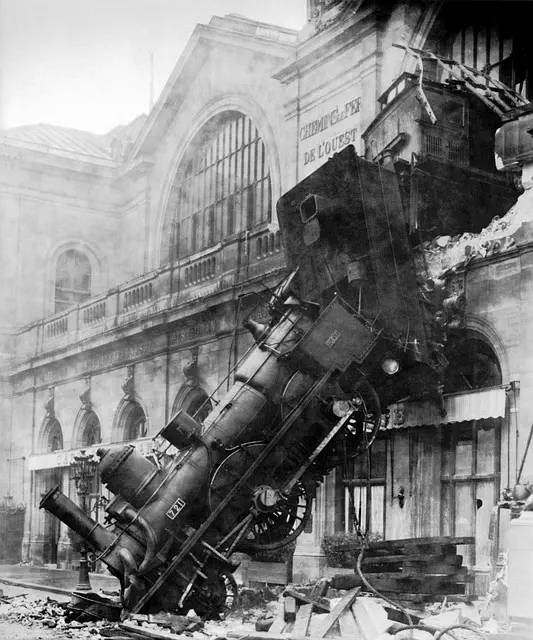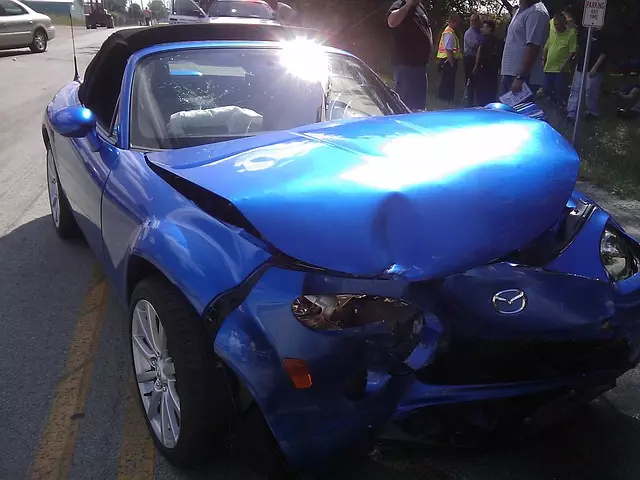“Exploring Trucking Liability in The Bronx: A Comparative Study with Connecticut. New York State’s unique legal landscape, particularly within the vibrant urban center of The Bronx, presents distinct challenges for truck drivers and companies navigating liability issues. This article delves into the intricacies of trucking liability laws in NY, comparing them to neighboring Connecticut. We examine how location impacts legal strategies, explore key considerations for operators in NYC, and present case studies illustrating the real-world effects of these regulations on businesses and residents across the region.”
- Understanding Trucking Liability Laws in New York State
- The Impact of Location: Bronx vs. Connecticut for Legal Cases
- Key Considerations for Truck Drivers and Companies Operating in NYC
- Case Studies: How These Laws Affect Businesses and Residents in the Region
Understanding Trucking Liability Laws in New York State

In New York State, including The Bronx and surrounding areas like Connecticut, trucking liability laws are complex due to the unique nature of commercial vehicles. These laws aim to ensure safety on the roads and protect victims in case of accidents involving trucks. Understanding these regulations is crucial for both truck drivers and individuals residing in urban hubs like NYC.
Trucking companies and drivers must adhere to strict standards regarding vehicle maintenance, driver qualifications, and hours of service to prevent fatigue. Moreover, they are held liable for any damages caused by their vehicles during operation. This includes accidents that result in personal injuries or property damage, particularly when navigating the dense traffic and narrow streets of The Bronx or while entering/exiting highways like Connecticut’s major thoroughfares.
The Impact of Location: Bronx vs. Connecticut for Legal Cases

The location of legal cases involving trucking liability plays a significant role in shaping the outcome, especially when comparing cities like the Bronx and Connecticut. The Bronx, as part of New York City, presents unique challenges due to its dense population and heavy traffic. This urban setting often results in more complex litigation, with cases involving multiple parties and diverse legal interpretations. On the other hand, Connecticut, with its suburban and rural areas, offers a different dynamic where accidents may be less frequent but can lead to stricter liability rules as the state has historically taken a stringent approach to trucking regulations.
When a truck accident occurs in the Bronx, the case might attract heightened scrutiny due to the city’s reputation for bustling streets and busy ports, which increases the potential for complex logistics and safety issues. Conversely, Connecticut’s legal system may be more inclined to favor plaintiff’s rights, considering the state’s efforts to maintain a safe road environment, particularly when addressing commercial vehicle operations. This regional disparity highlights the importance of understanding local laws and precedents in trucking liability cases.
Key Considerations for Truck Drivers and Companies Operating in NYC

Truck drivers and companies operating within New York City, particularly in areas like The Bronx, face unique challenges due to high traffic density and complex urban driving conditions. Key considerations include adhering to strict local regulations, understanding collision avoidance techniques, and managing fatigue. Given the dense population and limited road space, safety protocols must be rigorously followed; this involves regular vehicle maintenance, staying up-to-date with traffic laws, and prioritizing defensive driving practices.
Additionally, operators must consider liability risks, especially when navigating Connecticut’s legal system, which may have varying standards compared to New York City. Awareness of personal injury laws, property damage regulations, and potential third-party liabilities is crucial. Regular training sessions on safety, compliance, and risk management can significantly reduce accidents and associated costs for both drivers and companies operating within this dynamic urban environment.
Case Studies: How These Laws Affect Businesses and Residents in the Region

In the dynamic world of trucking liability, real-world examples highlight the profound impact of legal frameworks on businesses and communities. Case studies from Connecticut and New York City exemplify this. In one instance, a trucking company based in Connecticut was found liable for an accident that occurred in Manhattan. The case involved a driver’s negligence, leading to significant property damage and personal injuries in NYC. The court’s decision not only held the company accountable but also underscored the importance of strict adherence to safety regulations, impacting both the company’s operations and insurance policies.
Similarly, a dispute between a local Bronx business and a trucking firm based in Westchester County reveals another layer of complexity. The resident business alleged that the trucking company’s frequent routes through the Bronx caused excessive wear and tear on their property, leading to costly repairs. This case study demonstrates how trucking liability laws can shape economic activities and relationships between businesses and residents, particularly in densely populated areas like New York City.
In navigating the intricate landscape of trucking liability, understanding state-specific laws like those in New York and comparing them to neighboring states like Connecticut is crucial for businesses operating in dynamic urban areas like The Bronx or NYC. This article has explored key considerations, case studies, and real-world impacts, highlighting the importance of adhering to legal requirements to mitigate risks and ensure safety on the city’s bustling streets. For truck drivers and companies, staying informed about these regulations is essential to avoid legal complications and foster a positive business environment in the region, regardless of whether operations extend into Connecticut or remain within New York City limits.
